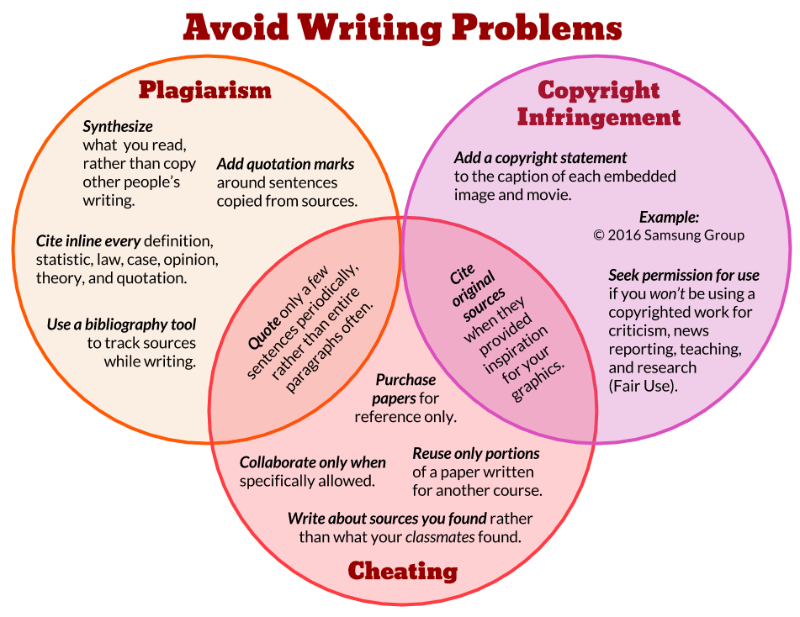Tutorials
Research
Formulate specific questions that describe the area of research you're trying to locate so that the human will be able to provide a targeted response. Choose more than one method of contact to ask very specific questions (but do not ask two different librarians to answer the same question). If you don't know how to use the Library's databases, then consult with librarians to learn how! Or start at Library Do It Yourself DIY.
- Chat with Oregon Librarians, Answerland 24/7.
- Email Women Studies Librarian, Jane Nichols.
- Email Ecampus Librarian, Stefanie Buck. View her page.
- Ask Engineering Librarian, Margaret Mellinger.
- Ask Anthropology Librarian, Ruth Vondracek.
- Ask Oregon Multicultural Archives Librarian, Natalia Fernandez.
- Text 66746: Start with the word BEAVS the very first time you text us. Example: BEAVS what time does the library close?
- In person with an OSU Reference Librarian or your local librarian any day of the week.
- Telephone (541) 737–7293

Evaluating Sources
"Between June 2015 and August 2017, millions of Americans were exposed to Facebook ads and posts generated by Russian operatives who sought to influence voter behavior and exploit divisions in American society on hot-button issues." The Facebook ads Russians targeted at different groups By Dan Keating, Kevin Schaul and Leslie Shapiro. Nov. 1, 2017
In Evaluating Information: The Cornerstone of Civic Online Reasoning (2013), Stanford University scholars determined that most college, high school, and middle school students lack the ability to differentiate between advertisements, opinion pieces, and news articles. This problem tends to encourage citizens to base important opinions on untrue, incomplete, and unfair articles and ads, which many call fake or alternative news.
Our ability to differentiate fact from fiction gets harder as new sources of varying quality crop up overnight and fill our news feeds with headlines meant to attract attention rather than educate. Overuse of sensational headlines, uncited 'facts', and unrelated photos bombard our senses and distract us from reading carefully.
In addition, political parties from around the world overfill news feeds with fake information to push their agenda, which can persuade large groups of voters one way or another, as we have seen with Facebook and Instagram posts by Russian government officials.
To help us navigate factual, analysis, and opinion articles, refer to Vanessa Otero's Media Bias Chart, Edition 3 (below). To place a news source in the X axis (conservative versus liberal) and the Y axis (factual, analytical, unfair), Otero uses a metric that involves three main categories: Veracity, Expression, and Fairness. For a detailed analysis of her method, read related blog posts at All Generalizations are False as well as an expert review of her work (Media Quality and Bias) by Professor Max Stearns of University of Maryland Carey School of Law.


